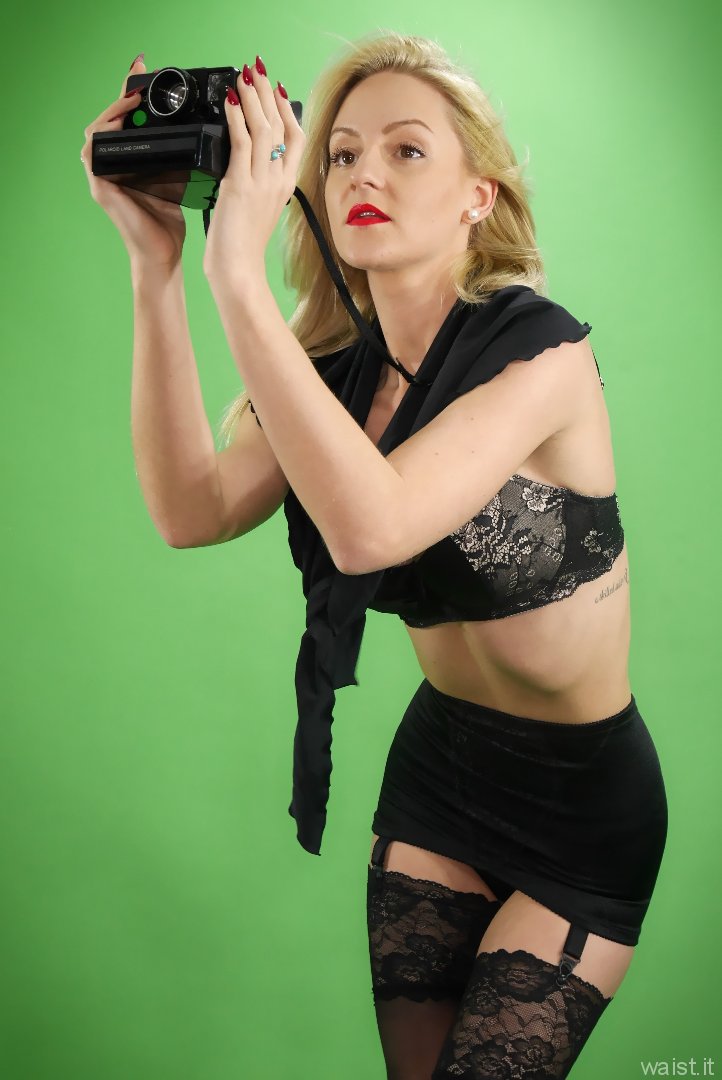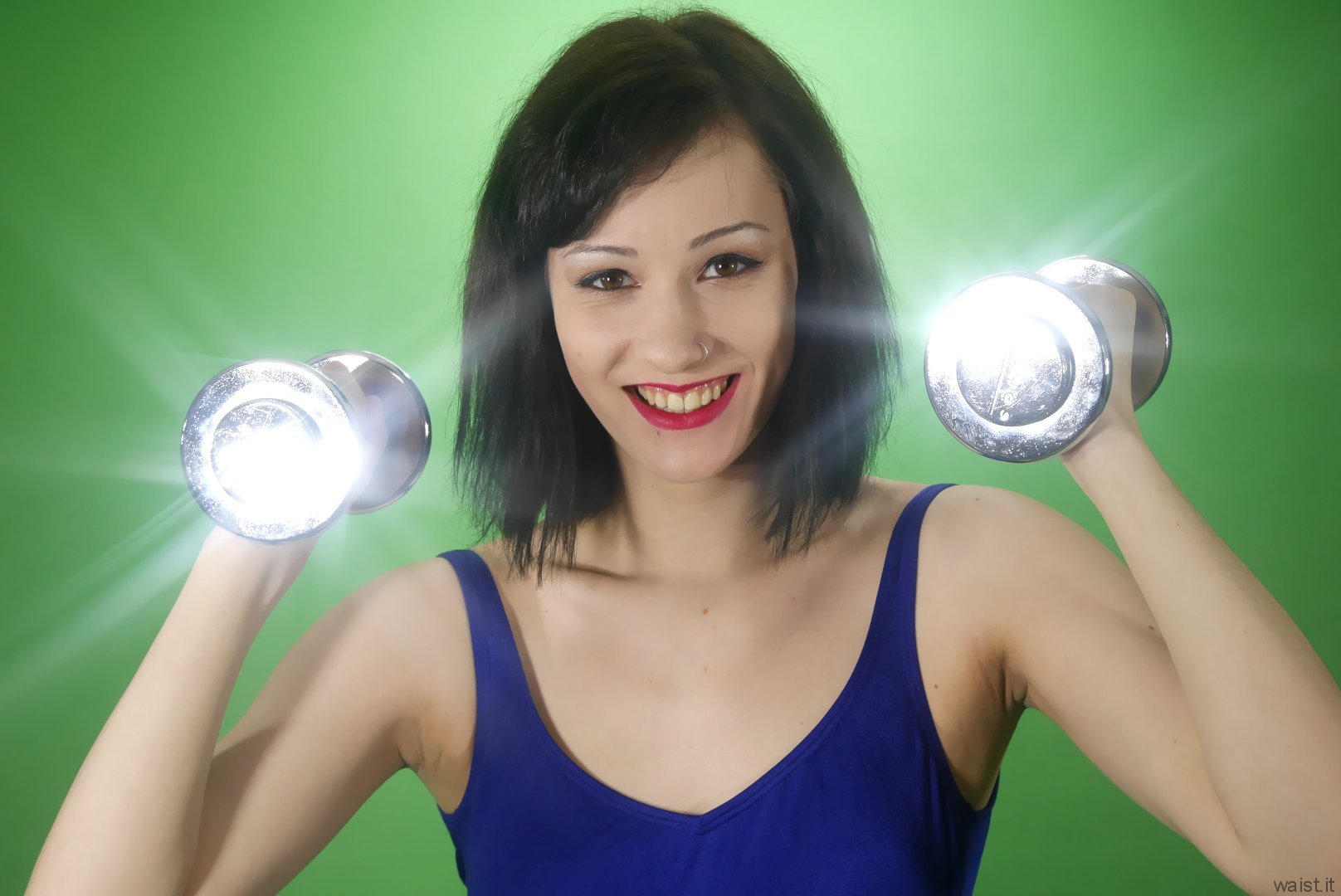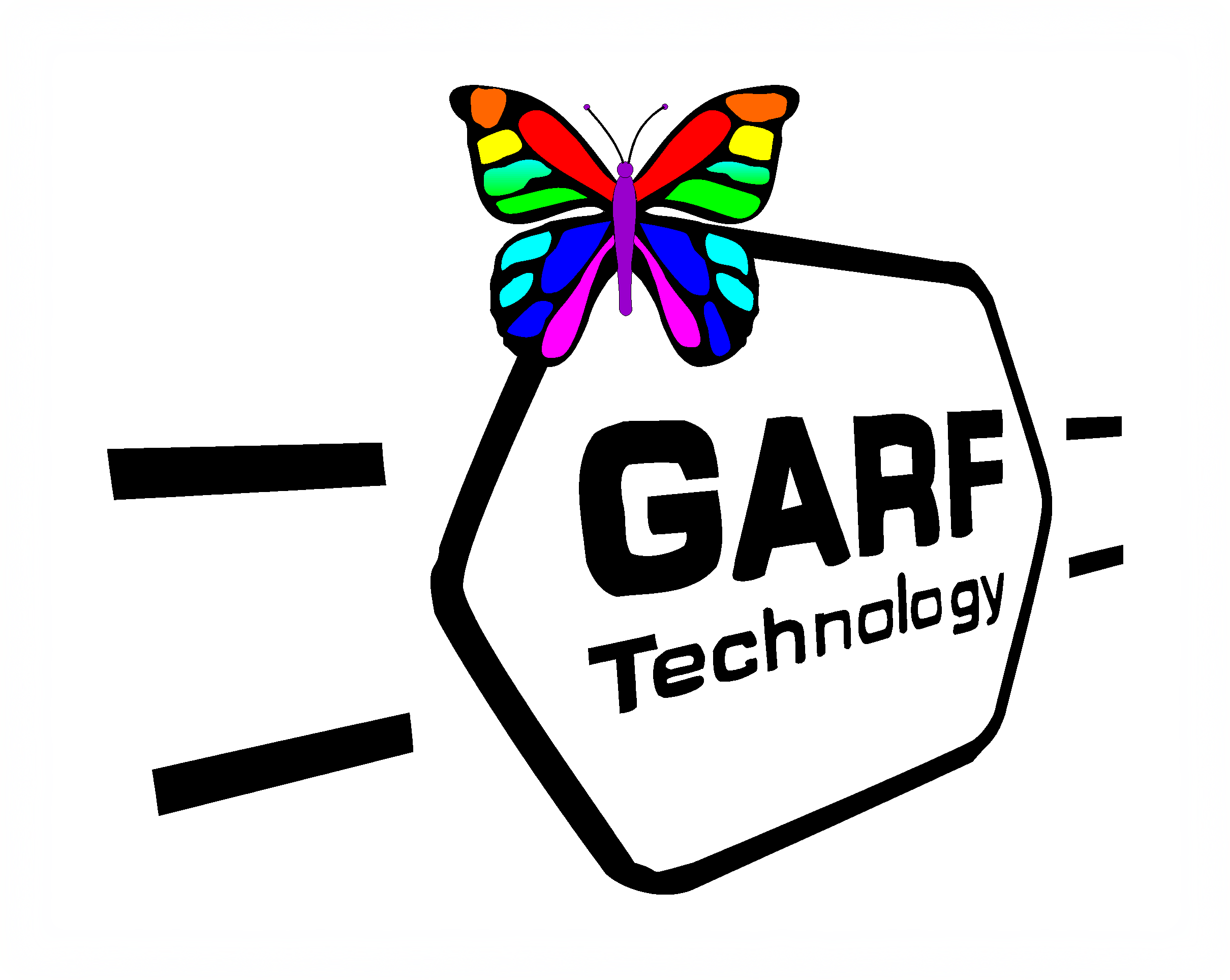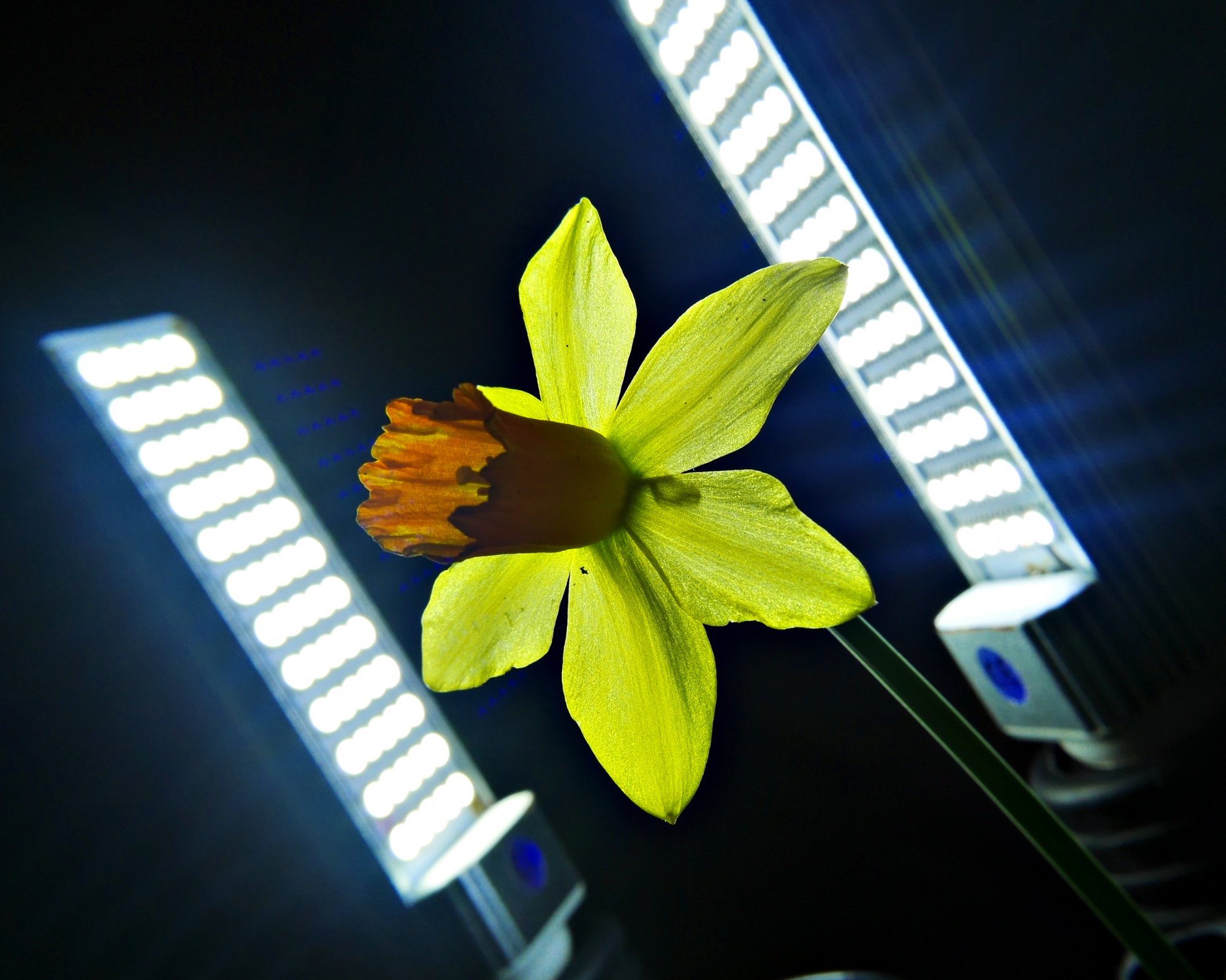Cheap but effective continuous studio lighting
For continuous lighting, one needs a light source that has good colour balance, uses power efficiently, is reasonably robust and does not present a health or fire risk. I am also a tightwad – interested primarily in “bangs per buck”. Whilst I love new technology, I am not prepared to pay silly money for it.
Choices
Incandescent bulbs are power hungry and get very hot. Hot enough to set fire to soft-boxes or cause serious burn injury to one’s models. CFL (compact fluorescent lamp) is better in terms of power efficiency but the big CFL’s are flimsy, cumbersome and very easily damaged. And they deteriorate rapidly. Every time you switch one on, you wipe tens or even hundreds of hours from its useful service life. Even if you don’t keep switching them on-and-off, they deteriorate with age. And they take up to ten minutes to warm up and reach peak brightness. When they physically break, they have nasty sharp edges.They also contain small amounts of mercury, which is highly toxic.
That leaves a new and rapidly developing technology: daylight LED (light emitting diode). These have come a long way over the last few years. And some LED products are significantly better better and longer lived than others. After a quite a lot of research I invested in a box-load of these…
They cost the princely sum of around £6 each. And they are simply fantastic. The E27 variety fits standard E27 (27mm Edison screw) holders. The addition of £1 adaptors makes them fit a standard B22 bayonet too. They are also designed to swivel so you can get the light exactly where you want it. I use the “big” 13 watt “day white” (6000 Kelvin) variant. These particuler units have 60 x “5050 SMD” (5mm x 5mm surface mounted device) LED chips each containing three sub-LED’s. All of which seem of a fairly uniform quality and colour temperature. There are a variety of sizes and power outputs, but for photography I would recommend the 13 watt variety. They are available from various eBay sellers, e.g.
Are they good enough?
Out of curiosity, I contacted the supplier back in 2014 for some more technical information. Who, in turn, contacted the manufacturer on my behalf. It claims a light output of just under 100 lumens per watt, and a CRI (colour rendering index) of 0.85. Granted, this is not perfect. But it’s good enough – especially for use with modern digital cameras (i.e. those that that allow custom/manual white balance). Manufacturer also reckons that with its integral switched-mode, constant-current power supply and the sophisticated aluminium heat sink assembly, you can reasonably expect a genuine service life in excess of 50,000 hours. Supports a wide range of mains voltage standards – any AC supply between 85 volts and 265 volts, and frequency 45 to 65 hertz – handy if you are travelling with them.
Whilst they are not as bright as studio flash (by several orders of magnitude), you can still achieve reasonably workable light levels – good enough to shoot at 1/30 second, f/4 or f/5.6. They also have the advantage of being very “predictable”- e.g. you can make shiny things look really shiny – or not – as you wish. And they are bags of fun if you like using old-fashioned filters (star-burst, diffraction, etc.).
A few snaps using them…


Conclusion
Personally, I think these things are amazing. I am surprised more photographers don’t use them. At a fiver each, they have to be worth a punt. If you don’t like them, then you can redeploy them as ordinary low-energy light bulbs around your home or office! It’s a nice quality light and they look really cool, IMO. The fact they swivel means you can use them as spots and as up-lighters. FWIW I like them so much that I replaced almost all the bulbs in our house with these things. 🙂
Disclaimers. I have no relationship with either the supplier or manufacturer of the units described above. If you are making any electrical connections then you should consult a qualified electrician. It is your responsibility to ensure your studio/work area is safe. This is just one type of daylight LED currently on the market. Other types are available and may or may not be more suited to your needs.


One Comment